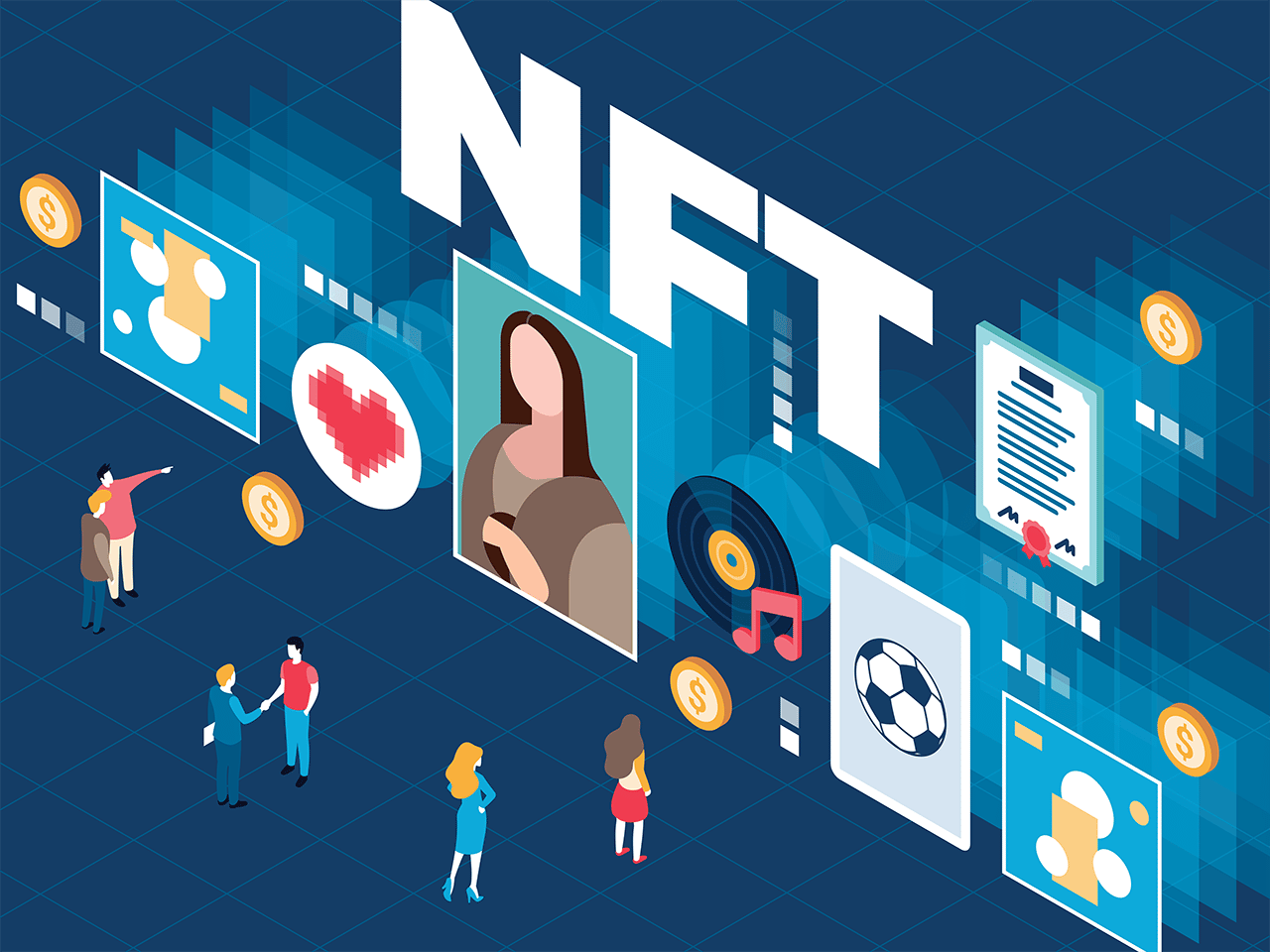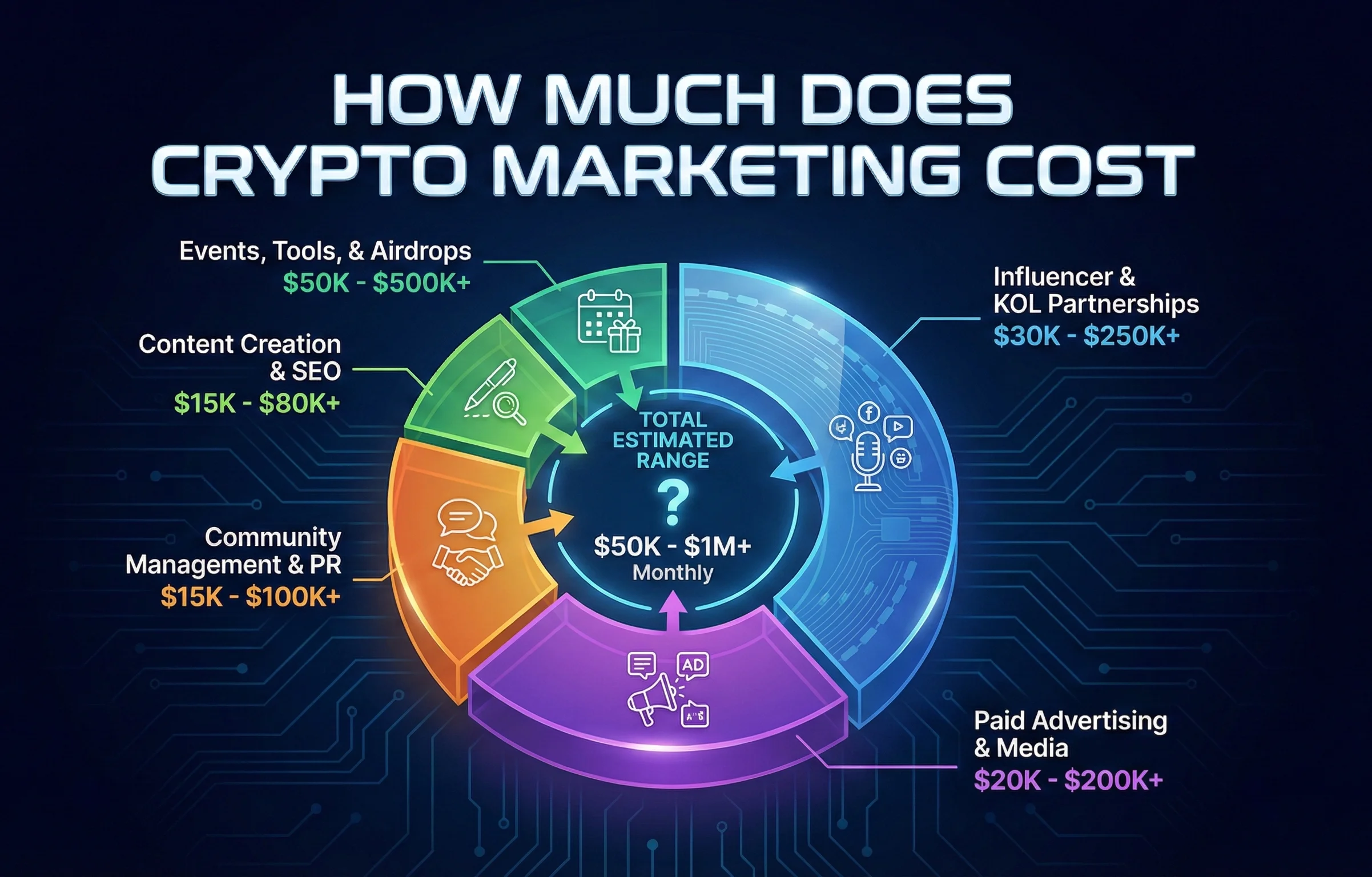NFTs are a very lucrative blockchain innovation, sometimes selling for colossal value. The top 10 most expensive list is currently led by ‘Everdays: the first 5000/days’ created by Beeple. It sold for a whopping $69.3 million! That’s quite a sum for any form of art, let alone digital art.
It’s not surprising that many would love to jump into the NFT scene and create the next big thing. The possibilities are limitless, but how to go about it has always been a misnomer for most wannabe NFT makers. Read on to learn more about how to go about it.
Disclaimer: Difference Between Making and Minting
Before delving deep into the details of making an NFT, the article shall iron out a potentially confusing use of terminologies. Creating a Non-Fungible token by asset tokenization with the help of NFT marketplace platforms is called minting. It is pretty simple, even for someone without a coding background.
There are two main steps involved in the short stance on how to create an NFT. First, we need to determine if our token is non-fungible or fungible. And second, once we decide that our token is non-fusible, we’ll want to write code that creates the specific representation in the ERC721 standard. There are many ways of creating an NFT. Below are some options, along with the pros and cons of each approach.
The JSON Web Key (JWK Algorithm):
Pros: Easy to implement, requires no new technology. Cons – Not very flexible, does not allow for dynamic data. Example JWK algorithm
The Hashgraph Algorithm:
Pros: Allows for dynamic data: Cons – More complex to implement.
The Ethereum Name Service (ENS):
Pros: Flexibility allows for dynamic data. Cons – Requires new API calls. Example ENS
Making an NFT is a specialty of blockchain developers and coders. It involves the heavy use of blockchain and programming know-how to design and launch one. Of particular emphasis during the making of NFTs are the tokens’ traits of uniqueness and invisibility. Below is a deeper look at how you can create an NFT.
Choose The Prefered Blockchain
The first step for any NFT digital creator or developer is the selection of a blockchain. The fact is that not all blockchains out there support NFTs. The unique tokens rely on smart contracts for authenticity and governance, which ostracizes quite a several big blockchains such as Bitcoin. Below are the top choices and their requirements, as well as unique selling points
Ethereum
The most popular choice for NFT creation is Ethereum, which is concurrently the parent of the smart contracts-based DeFi. The blockchain is also the 2nd largest by market cap, providing high liquidity levels and a large and vibrant NFT community.
Within the blockchain, all NFTs are based on the ERC-721 token standard. An NFT digital creator should familiarize themself with their requirements and use cases.
Cryptography is a skill one must grasp, which also applies to making NFTs on any blockchain. The Solidity programming language plays a vital role in NFT making in Ethereum and virtually all crypto and blockchain development. Since a significant portion of NFT-bound traffic in Ethereum is web-based, web programming skills are another necessity. They include Javascript, CSS, and HTML.
Solana
The Solana blockchain is one of the top choices for NFT developers, increasingly positioning itself as a leading competitor for Ethereum. In addition to NFT marketplaces, the blockchain platform offers good access to DAOs alongside many other specialized developer tools.
Any NFT maker on Solana must specialize in a few additional programming languages. The first is Rust which is an intermediate object-oriented programming language. The others are C and C++, two indispensable languages for on-chain programs that run on Solana.
Choose Between Employment and Owning a Project
The next choice that must be taken care of is critical where revenues are concerned. One can earn a lucrative salary working on a contracted project or developing a project from scratch.
Employment
The salary for NFT developers is very lucrative, a top driving factor for those wishing to learn the skills outlined previously. But one must know where to scout for the respective jobs after developing the required NFT developers’ skill set, which can be blockchain specific.
LinkedIn is a top site for those seeking jobs to make NFTs. The site’s advantage is that one can create a profile outlining their skills and experiences, after which they could state they’re seeking employment. So as their scout for possible employment opportunities, potential employers also see them as they search for their NFT developers.
Niftyjobs, explicitly tailored for NFT jobs, is a very conducive platform for developers. Jobs are categorized as per the needs of the employers. One can find the physical address, the nature of the employment contract, and the role to be played in the advertised position.
Developing Own Project
The other option for making NFTs involves owning the project itself. It is a more involving process with more risks, but it may be more rewarding in the long run.
After settling on the preferred blockchain, one should scout for a development team or co-founders. It helps when everyone specializes in a specific aspect of the NFT development process.
Depending on the blockchain in question, the making of NFT takes place per the required skills. While Ethereum and Solana have their specific programming must-haves outlined, there are many other blockchains to choose from out there. One should familiarize themselves with their requirements. The assets to be tokenized should be developed or made available by taking ownership.
The next step involves tapping into the selected blockchain’s NFT marketplace. Tradability is critical for generating earnings from the project. OpenSea, the largest NFT marketplace, is a top choice for many.
Link One’s Wallet
Whether the NFT making is under an employment contract or a project owned by its developer, wallets are a necessary attachment. For employment contracts, they offer a means of receiving payments for work done. Some project owners even offer developers some NFTs as payment packages.
For a developer owning the NFT project, it does more than act as an avenue for receiving payments for NFTs sold. It’s crucial to show the original owner and monetize the NFT concerning the preferred blockchain’s native token.
How Do I Sell My NFTs?
Once we’ve created our NFT, the next step is determining where we will sell our NFTs. We have three main choices.
Centralized Exchange: A centralized exchange facilitates the sale of non-fungible assets. Examples of centralized exchanges include Binance and Coinbase. Pros: Centralized marketplaces provide greater liquidity. Cons: Centralized exchanges give rise to trust issues since there is only one way to get assets onto the platform.
Decentralized Exchanges: Decentrally traded platforms operate similarly to decentralized exchanges. However, they are run by companies instead of individuals. Examples include OpenSea and Uniswap.
- Pros: Decentralized platforms increase security since multiple independent nodes are responsible for keeping track of transactions.
- Cons: Decentralized marketplaces lack liquidity and might take longer to process transactions.
ICOs: Initial Coin Offerings are essentially unregulated securities sales used to raise capital for startups. Since ICOs are unlicensed and unregulated, anyone can invest in them regardless of their reputation. As a result, there is little recourse available if something goes wrong. If you choose to participate in an ICO, you may want to consider investing cautiously.
If you decide to go ahead with ICO, you should research carefully before investing. You should know whether the team behind the project has already raised funds in previous rounds. It would be best if you verified that the company could complete the product. Finally, you should be aware that you may lose your investment.
In Conclusion
The making of NFT is a lucrative undertaking that continues to attract many developers. The first step for anyone wishing to be an NFT developer is choosing the preferred blockchain, which inadvertently dictates the required skillset.
The next step involves deciding whether to opt for employment on an NFT project or to develop and own a project. For employment, several job platforms play an essential role in marching work with skills, as outlined in the article. Developing one’s project will require getting a development team and several other steps explained in the piece. The last crucial step involves linking a wallet to the project.



